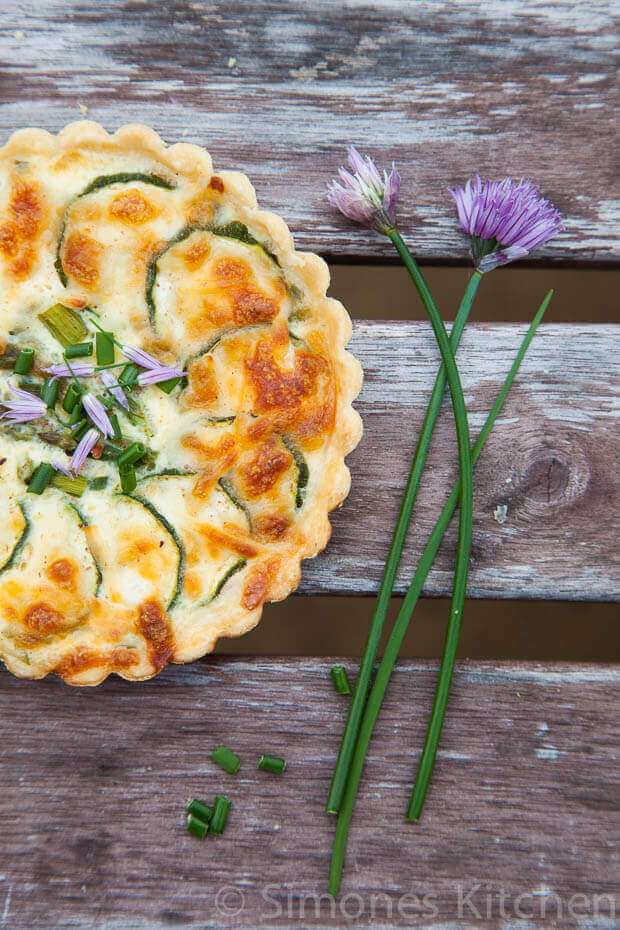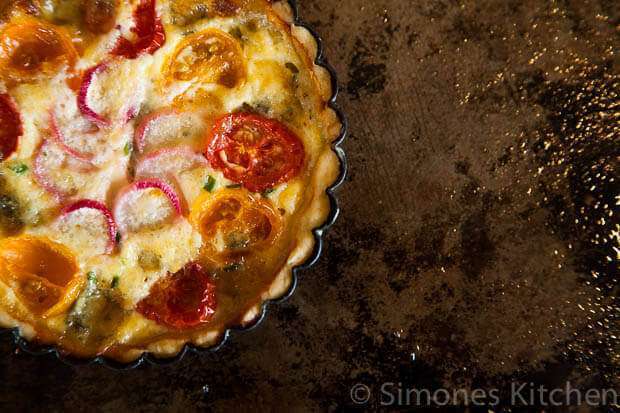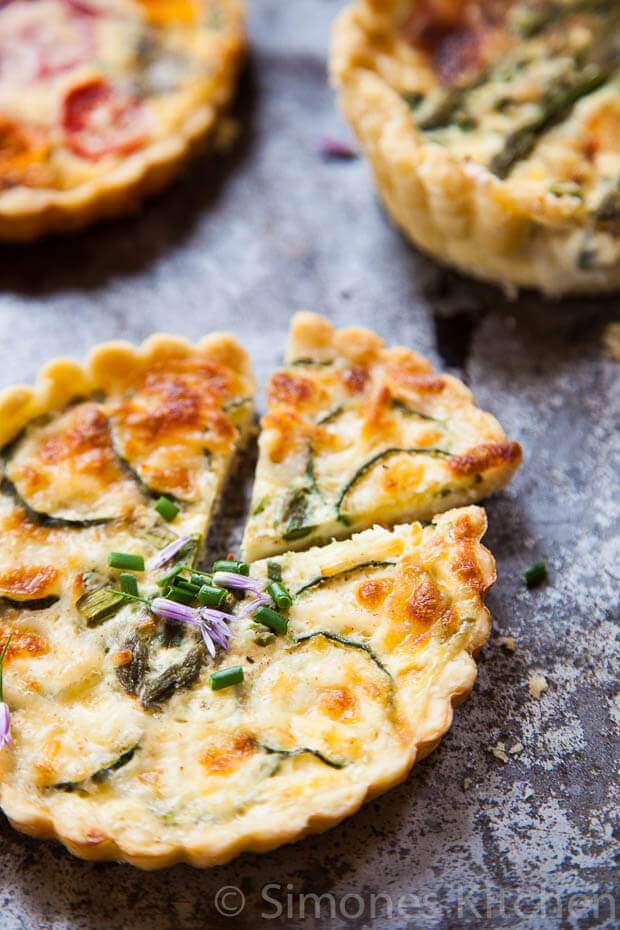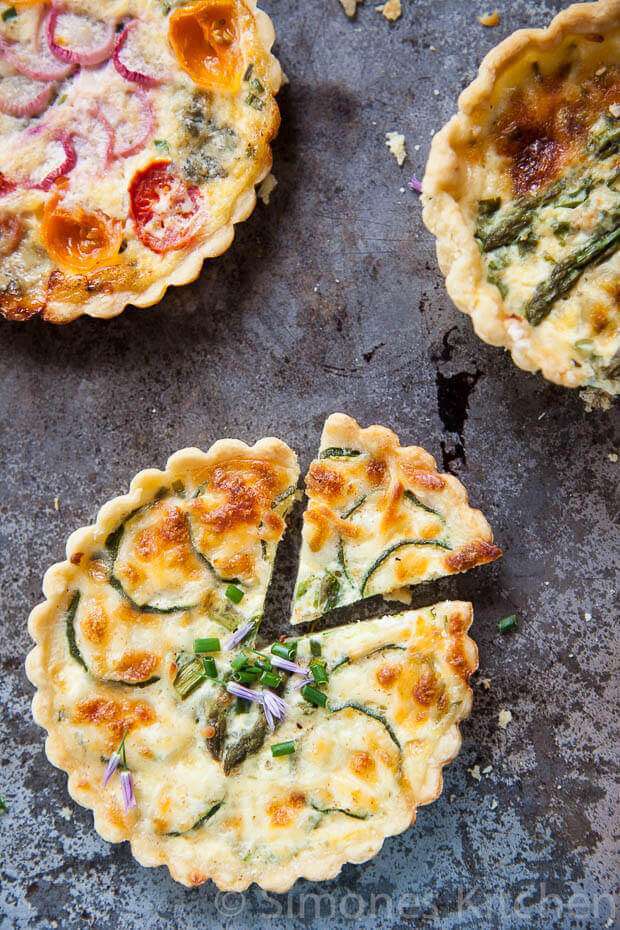The perfect crust
If you’re into making pies of any kind; savory or sweet, you know that the crust is all important. How to create that perfect crust? You’ll find tips here.

The perfect crust
How fitting, don’t you think that we were pointed to the perfect crust recipe by the lovely Helene from Tartelette blog. Could there be anyone more suited to giving us the ultimate recipe? The recipe itself comes from the gorgeous book Tart Love: Sassy, Savory, and Sweet A book for which Helene made all the photos. I couldn’t resist and bought the book straight away and it is now on my bedside table as I am going through it page by page. You might want to give it a try too as it is definitely worth it!
Short crust pastry
On the second day of our workshop we spend the morning creating the pastry for our tarts. Now pastry and in particular short crust pastry is one of those things that I have attempted before but it somehow never came out completely right. I put the dough in the fridge and it would come out rock solid. Or it would be ok but after baking it was just unappetizing and too tough to chew on. It’s not the recipe I would think as that is usually pretty straightforward.

So for me getting the perfect crust was always a bit of a mystery. Until now that is. Good flour comes first ofcourse (which is possibly also part of my problem), then the warmth of the dough is crucial too. Too hot and it will not work.
Your butter has to be very very ice-cold, the water you use has to be icy cold too and if your hands are too warm (like mine are apparently) you might want to consider using a machine instead. Of course at the workshop we didn’t have 12 foodprocessors so we kneaded the dough by hand.
It soon became clear that my hands are too warm so the butter is melting too quickly. You want the dough to have a crumbly texture, you do not want it to form large clumps. So back in the fridge my dough went and I can safely say that it did not suffer any side effects… 😉

Resting the dough
After making the dough it has to rest for at least 30 minutes in the fridge before rolling it out and processing it further. This gave us enough time to think about our fillings and how we would be styling the tarts after baking.
Our assignment for the afternoon was shooting our own tarts. Since we would also be eating them in the evening, flavor was important too. I chose to make three different fillings; one with courgette and asparagus, which you see above. one with blue cheese, radishes and tomatoes (that is the first pic shown in this post) and one with a mixture of the two. My egg filling for the pastry was seasoned with chives, pepper, salt and some fresh parsley.

As for styling our tarts; it was funny to see the difference between the various people in the group. Some went for a more elaborate styling setup and I kept it fairly simple as you can see. My background is the baking tray they were baked on as I totally loved the structure of the old trays. I did struggle a little bit with how to style them in the beginning and well, let’s say I made some interesting mistakes there, which were quickly guided in the right direction by Helene… 🙂
I will be sharing the recipe here for the crust so you can recreate it at home! I’ve been using this recipe now as my base recipe for ever.
Sweet or savory
If you’re making a sweet recipe you can add some sugar into the dough as well. Think about roughly 2 tablespoons of sugar to give it a slight sweet taste. Change the salt in the crust to about 1/2 tsp.


The perfect crust
Ingredients
- 310 gr all purpose flour
- 2 tsp sea salt
- 2 sticks 8 oz unsalted butter, chilled and cut into 1/4″ cubes
- 3 tbsp ice-cold water or just enough to hold the pastry together
- At least 30 minutes before rolling and baking (or up to 1 day in advance) prepare the pastry. In the bowl of a food processor, fitted with a plastic blade, pulse together the flour and salt. Add the butter and pulse rapidly, about 40-50 times, or until the butter is blended into the flour and is coarse and the size of small peas.
- Gradually add the water in a small trickle, with the processor running. Continue adding just as the pastry starts coming together in the shape of a loose, crumbly ball.
- Turn out onto a lightly floured surface. Form into a disc, about 1″ high, and wrap tightly with plastic wrap.
- Refrigerate for at least 30 minutes or overnight.
Notes
Disclaimer
The nutritional values above are calculated per portion. The details are based on standard nutritional tables and do not constitute a professional nutritional advice.
